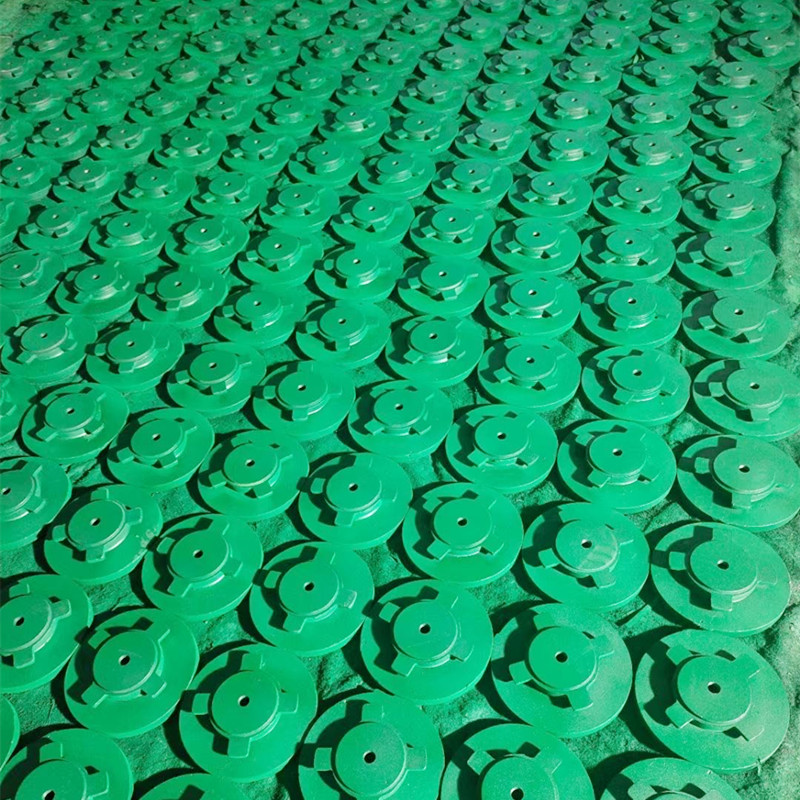Dez . 09, 2024 17:41 Back to list
Surface Plate Cost Analysis and Factors Influencing Pricing Trends in Manufacturing
Understanding Surface Plate Prices Factors Influencing Cost and Value
When it comes to precision measurement and quality control in manufacturing and engineering industries, surface plates play a pivotal role. These flat, stable surfaces are used as a reference plane for various measuring and layout operations. However, their prices can vary significantly, depending on several factors. This article explores the elements that influence the pricing of surface plates and why investing in a quality product is essential for accuracy and efficiency.
Types of Surface Plates
Surface plates come in various types, materials, and sizes, each catering to different industrial needs. The most common materials include granite, cast iron, and ceramic.
1. Granite Surface Plates Known for their durability and stability, granite surface plates are the most popular choice among manufacturers. They are highly resistant to wear and deformation, making them ideal for precision measurements. Prices for granite plates can range widely based on the size and grade of the granite.
2. Cast Iron Surface Plates Generally less expensive than granite, cast iron surface plates are also common. They are heavy and can absorb vibrations, but they may be more prone to wear over time. They are often utilized in environments where extreme precision is not the highest priority.
3. Ceramic Surface Plates These plates offer a high degree of hardness and thermal stability. While they can be costlier than granite, they provide advantages in certain high-tech industries, particularly where temperature fluctuations are a concern.
Factors Affecting Surface Plate Prices
surface plate price

1. Material Quality The material used significantly impacts the surface plate’s price. Higher grades of granite, for instance, are more expensive due to their quality and the precision required in crafting them. The purity and the absence of imperfections in the material are crucial for ensuring that the plate maintains its flatness over time.
2. Manufacturing Precision The tolerance specifications of surface plates are another critical factor. Plates that are manufactured to tighter tolerances (i.e., aircraft-grade specifications) typically command higher prices. This level of precision is necessary in fields that demand rigorous adherence to measurement standards.
3. Size The dimensions of the surface plate also play a vital role in the pricing. Larger plates naturally cost more due to the increased material requirements and challenges in transportation and handling.
4. Finish and Features Additional features such as anti-wear coatings, embedded scales, or specialized finishes can raise the price. These enhancements can provide durability and capabilities that justify an increased investment, particularly in demanding environments.
5. Supplier and Brand Reputation Well-established suppliers with a reputation for quality and reliability may charge higher prices due to their brand equity. In contrast, lesser-known brands might offer competitive pricing but may not guarantee the same level of precision or durability.
The Importance of Investing Wisely
While it may be tempting to opt for the cheapest surface plate available, this can lead to long-term costs outweighing the initial savings. A poor-quality surface plate can result in inaccuracies in measurement, leading to defective products, wasted materials, and compromised safety. Investing in a high-quality surface plate can enhance efficiency and accuracy, ultimately saving money in the production process.
In conclusion, understanding surface plate prices involves considering the type of plate, the materials used, size, and the precision required for specific applications. The investment in quality equipment is crucial for maintaining standards in measurement and achieving the desired outcomes in manufacturing and engineering. Therefore, while it’s essential to be mindful of budget constraints, prioritizing quality and precision will yield long-term benefits and reliability in operations.
-
Why Metric Trapezoidal Thread is Ideal for Precision Motion ControlNewsAug.05,2025
-
The Unique Properties of a Block of Granite for Industrial UseNewsAug.05,2025
-
The Role of Flanged Y Strainers in Preventing Pipeline ClogsNewsAug.05,2025
-
The Importance of Regular Calibration for Master Ring GagesNewsAug.05,2025
-
How a Cast Iron Surface Table Enhances Accuracy in ManufacturingNewsAug.05,2025
-
Comparing Different Check Valve Types for Optimal Flow ControlNewsAug.05,2025
Related PRODUCTS









